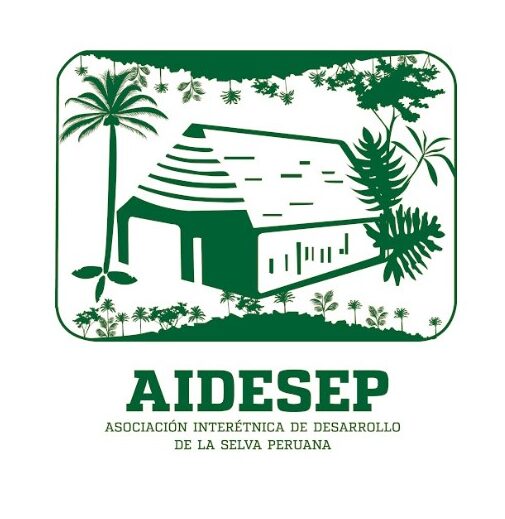Representation and legitimacyAIDESEP: 1500 communities, 76 federations, that cover 13 million hectares
COICA: 4000 communities, 300 federations, 9 national confederations, covering 210 million hectares
Indigenous Amazonia can slow the global warming
Amazonian Indigenous Territories: 210 million hectares
21,250 million metric tons of carbon * 76,500 million metric tons of CO2
* 13 years worth of emission from the USA
Effectiveness, efficiency, and sustainability to cool the planet
Indigenous Amazonía’s Objectives at the COP20
Help for the implementation of Indigenous Peoples Life Plans (Territory, Holistic Management, and Indigenous REDD+) as effective alternatives to social and ecosystem mitigation, adaptation, and resilience in the face of the climate crisis.
Strategies and actions
o Participation in Lima of 300 male and female leaders, shamans, and indigenous youth
o “Amazonian Indigenous Pavilion” during COP20, open to the indigenous peoples of the
world. Debates around the Crisis of Civilization, reduction of consumerism and global
warming, the post-Kyoto Protocol, and others.
o Place on the international agenda: “Reorientation of ‘developmentalism’ (IIRSA, resource extraction, mega projects, afro-industries) through consultations and consent of indigenous peoples”
o Agreements in the COP20 agenda: REDD+ beyond carbon and the market / Indigenous
REDD+, Adaptation and Mitigation and Indigenous Women / “REDD+ with indigenous
peoples: modify it according to our cosmo-visions, rights, and proposals” / Indigenous access
to climate funds
o Global gathering of indigenous peoples and governments, one day before the COP20 (30
November 2014).
“Indigenous Amazonía – Alive for Humanity” Fund and Program
v Implementation of indigenous peoples’ Life Plans
v Land titling of indigenous territories:
– Demand across the Amazon Basin: More than 100 million hectares between the 9 countries
– Demand in Peru: 20 million hectares between 1167 communities looking for solutions:
recognition (311), titling (594), expansion (262), collective title for 9 indigenous peoples, establish 8 communal reserves and 6 territorial reserves for ‘free peoples’ (uncontacted), and solve the overlap of indigenous territories with protected areas.
v Holistic management of 210 million hectares demarcated as indigenous territories
v Strengthening of governance by indigenous organizations for ecosystem management
v Five indigenous REDD pilot projects including 5 million hectares and some 2,271 million
metric tons of CO2: Colombia (Inirida, 2 million hectares), Perú (Amarakaire, 400,000 hectares), Ecuador (Achuar and Shuar, 830,000 hectares), Bolivia (Itonama, Movima 376,000 hectares) and Brazil (Igarapé, 180,000 hectares)

